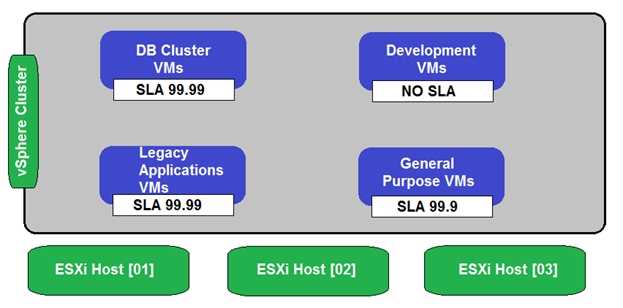

Refer to the exhibit.
During a requirements gathering workshop, a customer shares the following diagram regarding their availability service-level agreements (SLAs):
The customer states that there is no application level availability for legacy applications.
Which recommendation could the architect make to meet the customer's high availability requirements for the legacy applications virtual machines?
nemisis95
Highly Voted 3 years, 2 months agohansel
3 years, 2 months agoMike_SK
2 years, 11 months agoFR_Wolfman
Most Recent 8 months agoAlchot
1 year, 6 months agoBobob55
2 years, 1 month agobpexam
2 years, 1 month agobpexam
2 years, 1 month agoDdssssss
2 years, 6 months agoVMwareARCHI
2 years, 6 months agoMariosoftnet
2 years, 10 months agotg1008
2 years, 11 months agozhongzhong5011
3 years, 1 month agozhongzhong5011
3 years agotester912
2 years agoprimanturin
3 years, 2 months agohansel
3 years, 2 months agomnq59986
2 years, 5 months agonemisis95
3 years, 2 months agonemisis95
3 years, 2 months agoDdssssss
2 years, 6 months agonemisis95
3 years, 2 months agonemisis95
3 years, 2 months agoyaziciali
3 years, 3 months ago